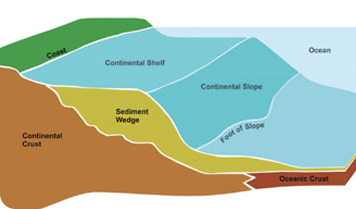Geo-#giroditalia2023 - Stage 20. If geology is predictive for cycling, the GC will go upside down today. The peloton has entered the biggest geological mess of this Giro: the junction region between the Alps, the Carpathians, and the Dinarides. No rock remains unturned. 

At present, there is no active mountain building in the Carpathians: both sides of the mountains are part of Europe. Earthquake locations trace the active boundary between Adria (African Plate) and Eurasia from the southern Alps to the Dinarides, with Monte Lussari at the bend. 

But before ~10 million years ago, the Carpathians, the Alps, and the Dinarides were all subduction zones, and they in a 'Triple Junction'. With oceanic plates, like in Japan today, this makes for a reasonably orderly tectonic puzzle. But in NE Italy, the plates weren't oceanic... 

Today's stage occurs in a rare continental collision triple junction. The Adria continent collides with Europe in the Alps, with 'Pannonia' in the Dinarides, which collides with Eurasia in the Carpathians. A recipe for chaos. We think @DerekGee7 will win the stage. And the Giro. 

• • •
Missing some Tweet in this thread? You can try to
force a refresh

 Read on Twitter
Read on Twitter


















